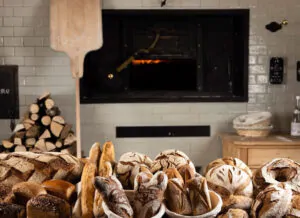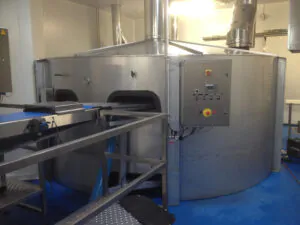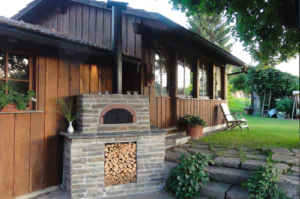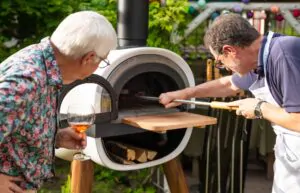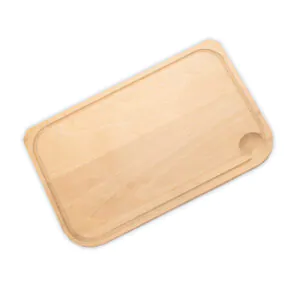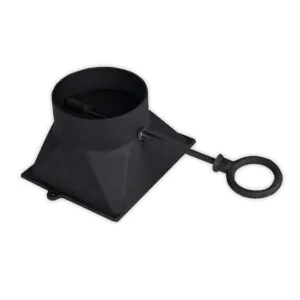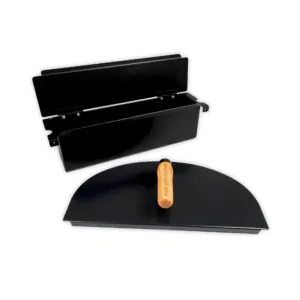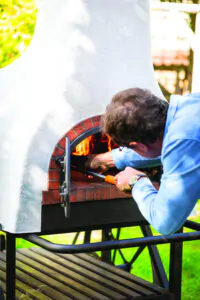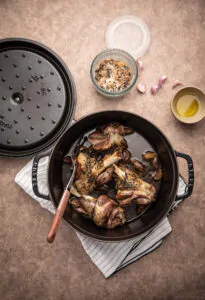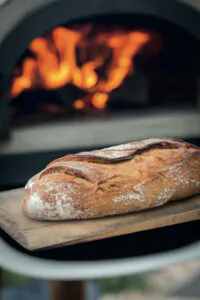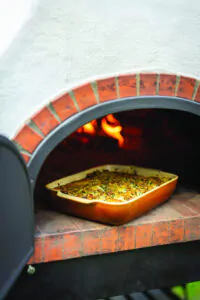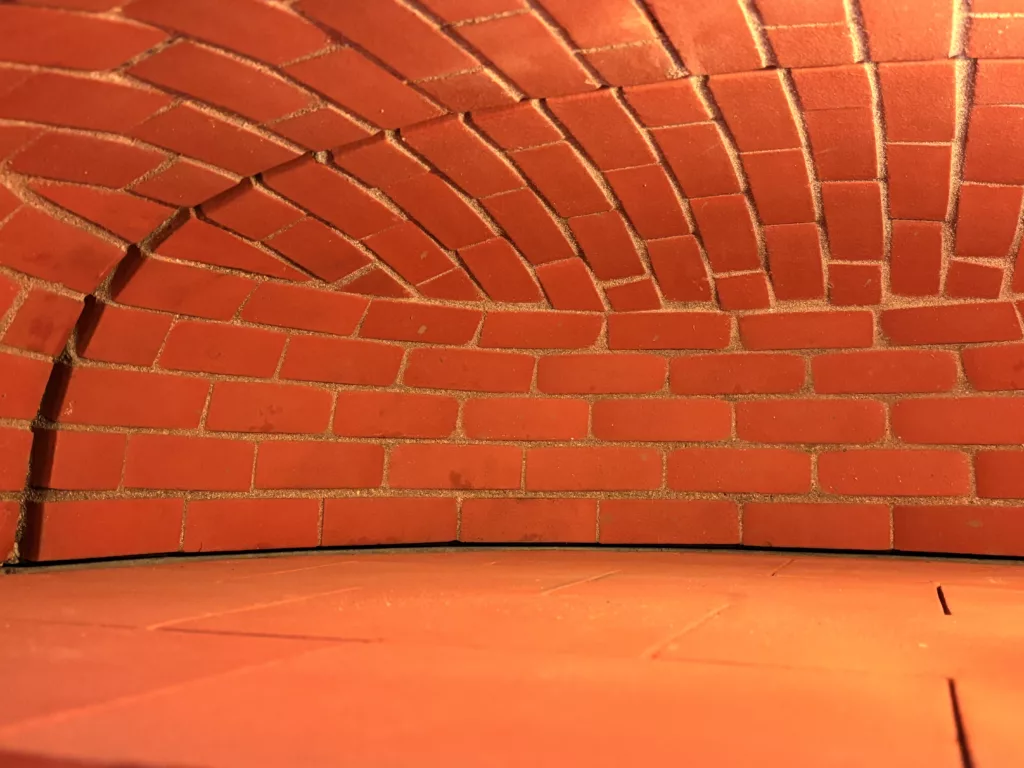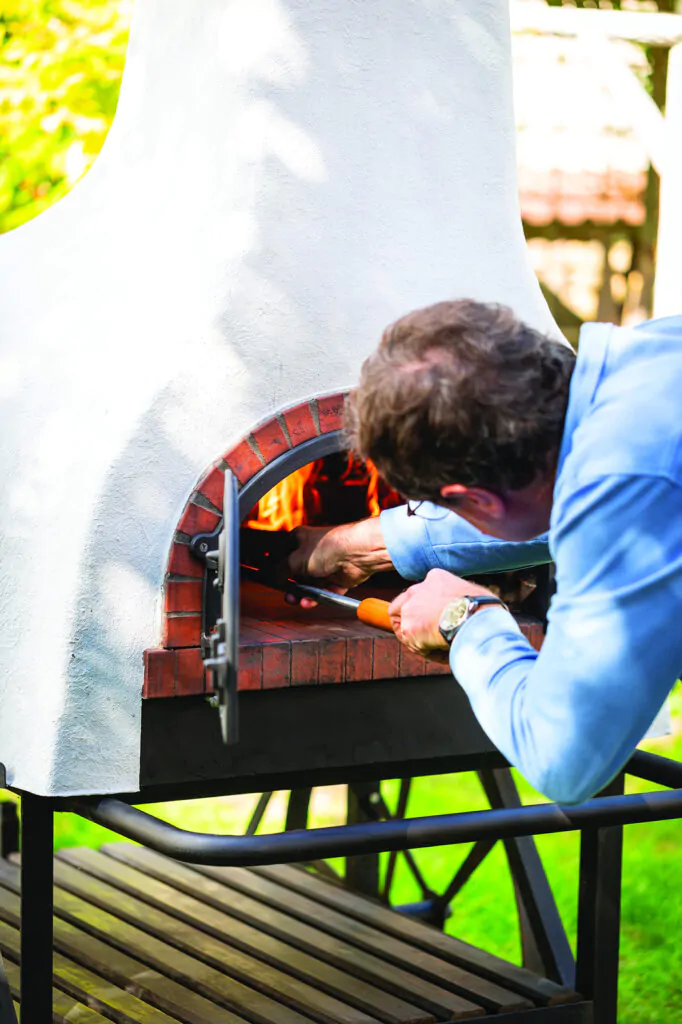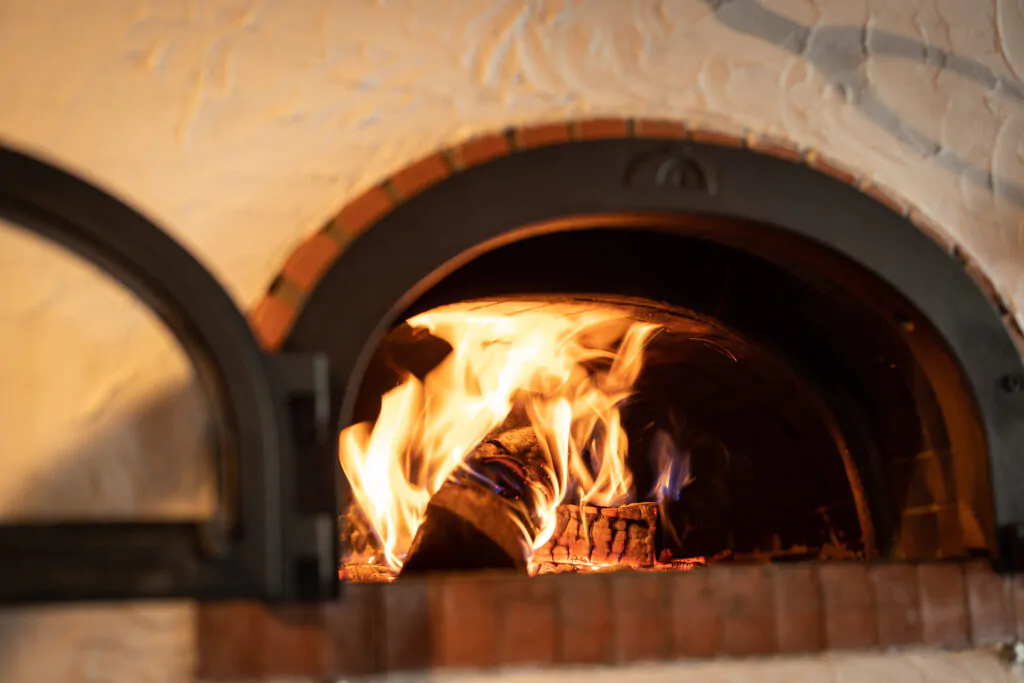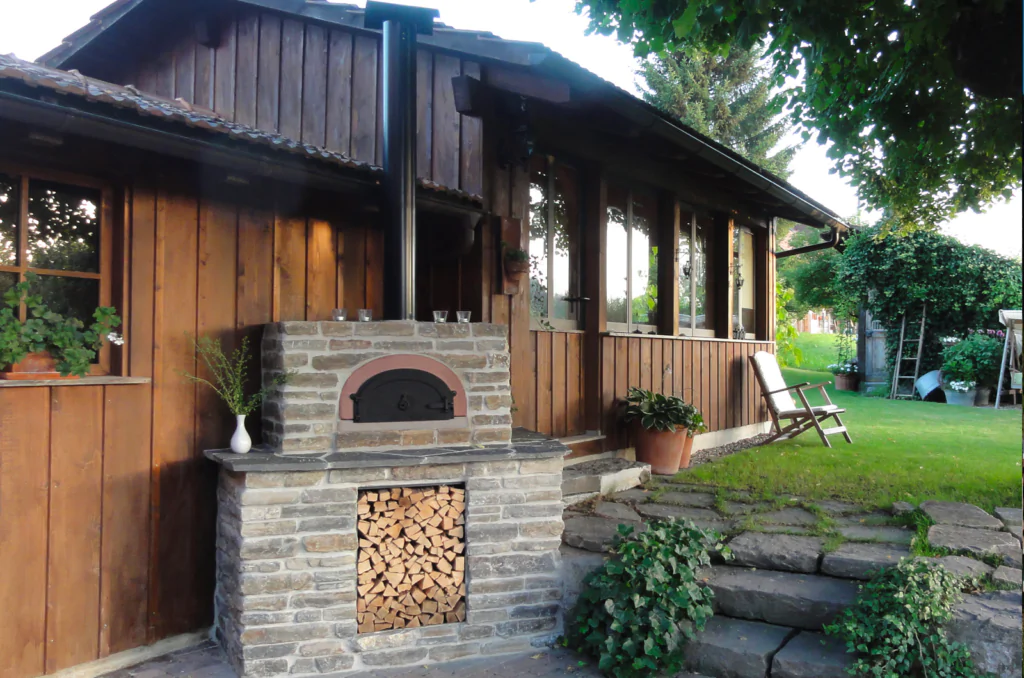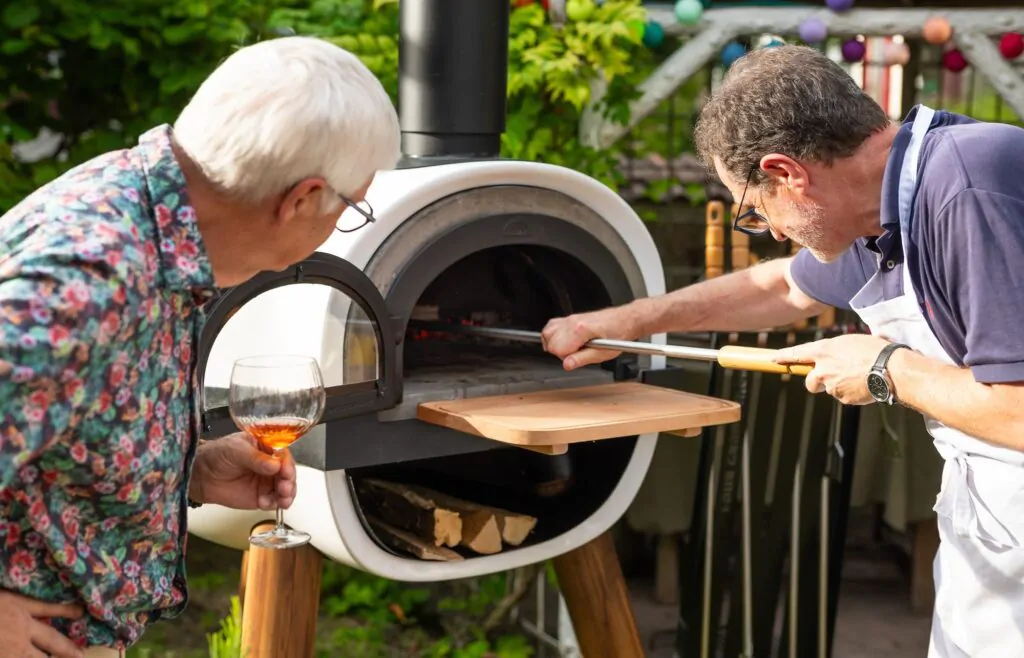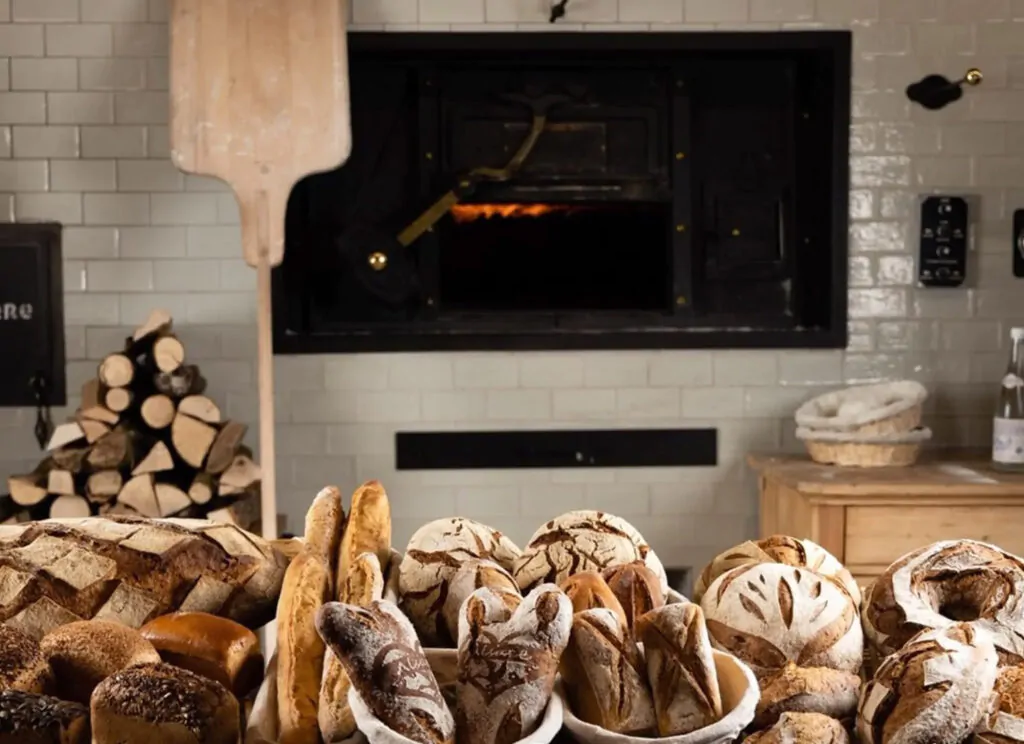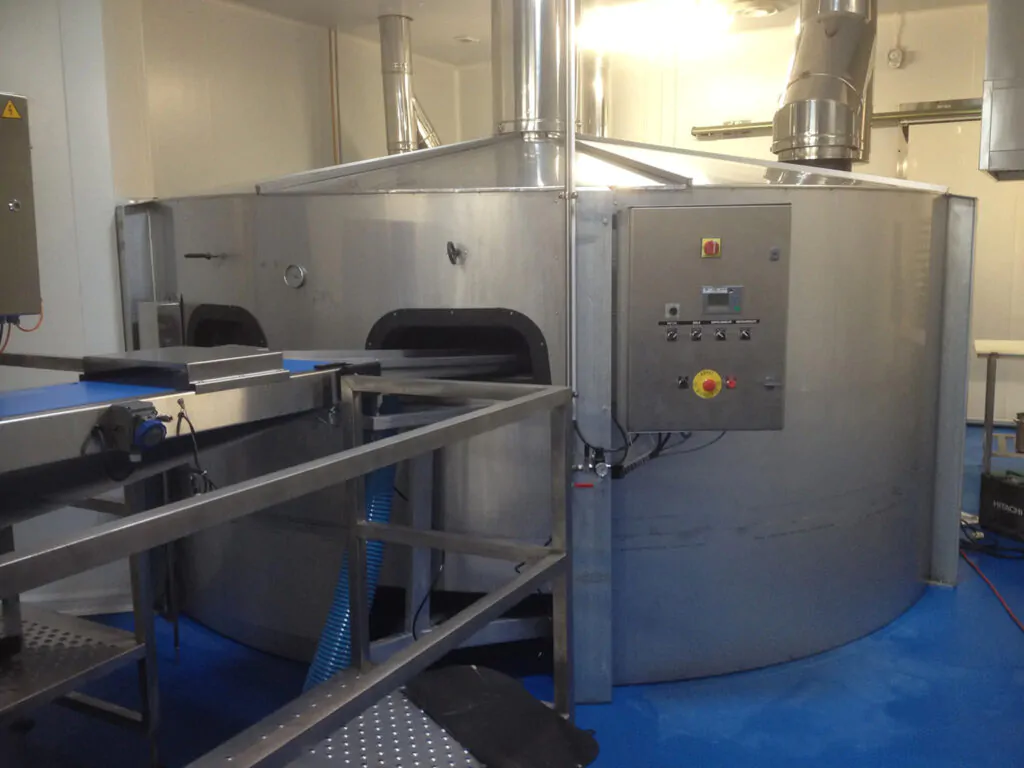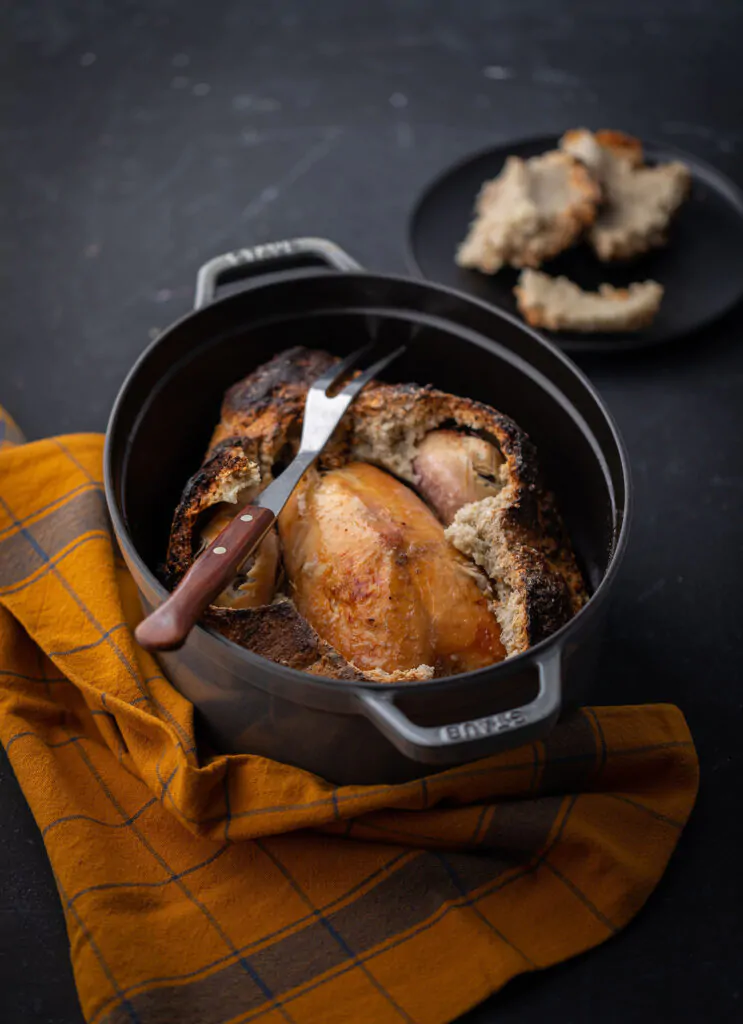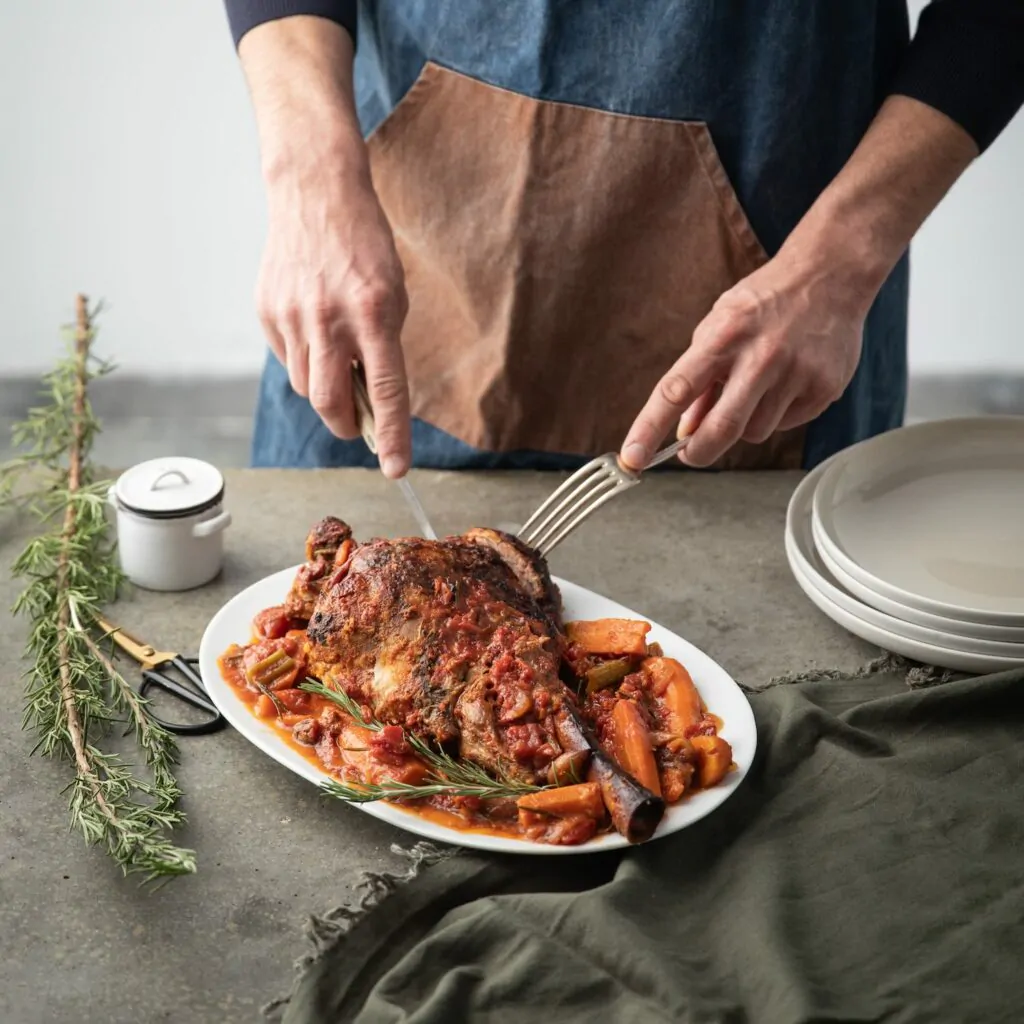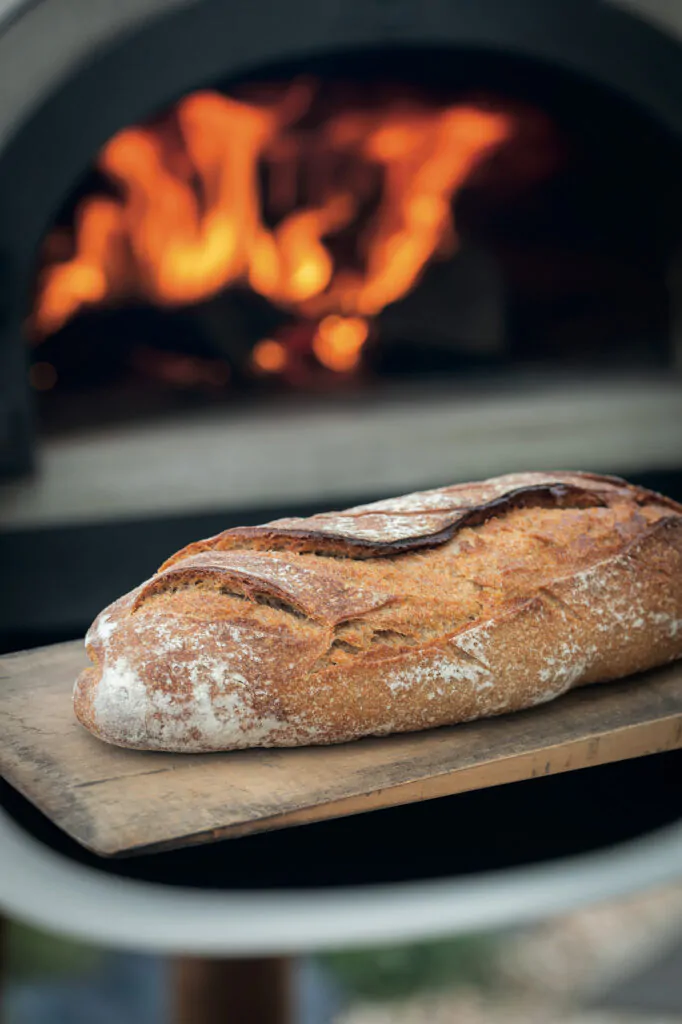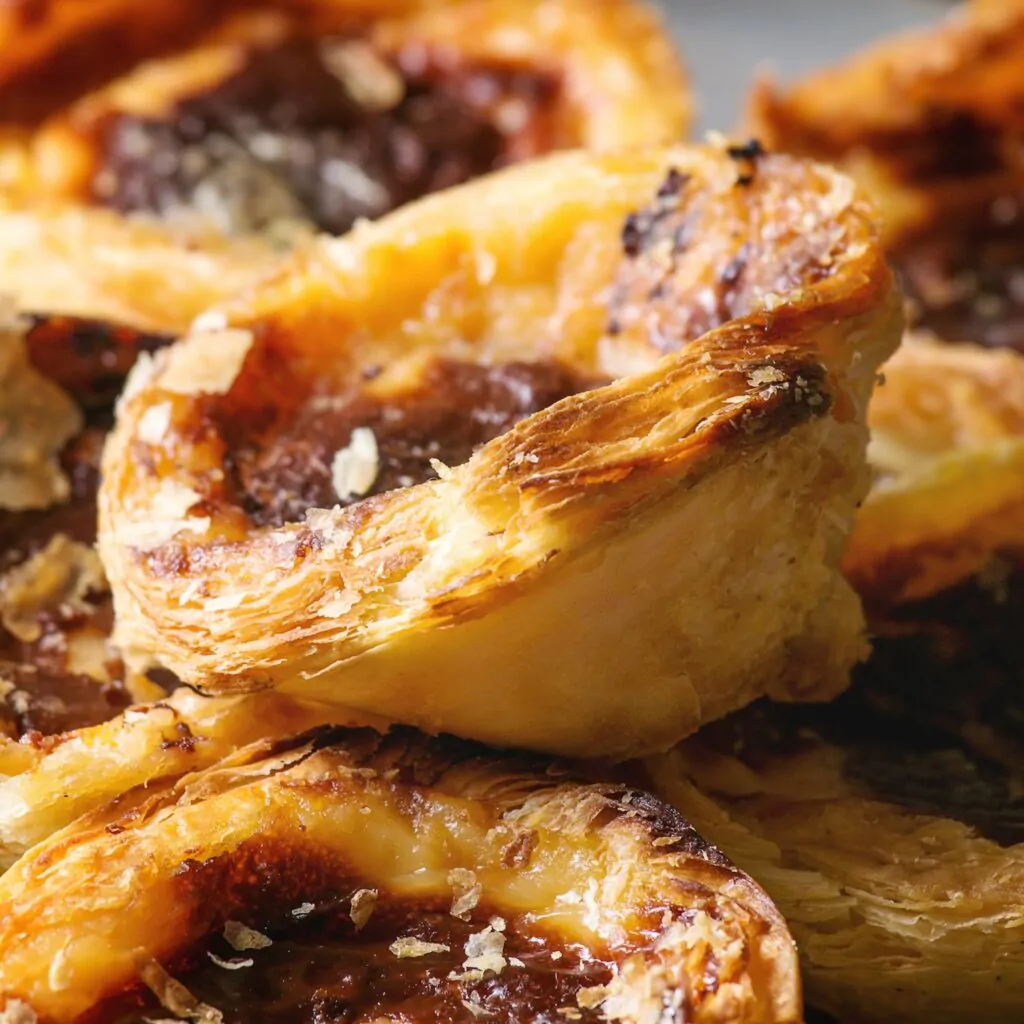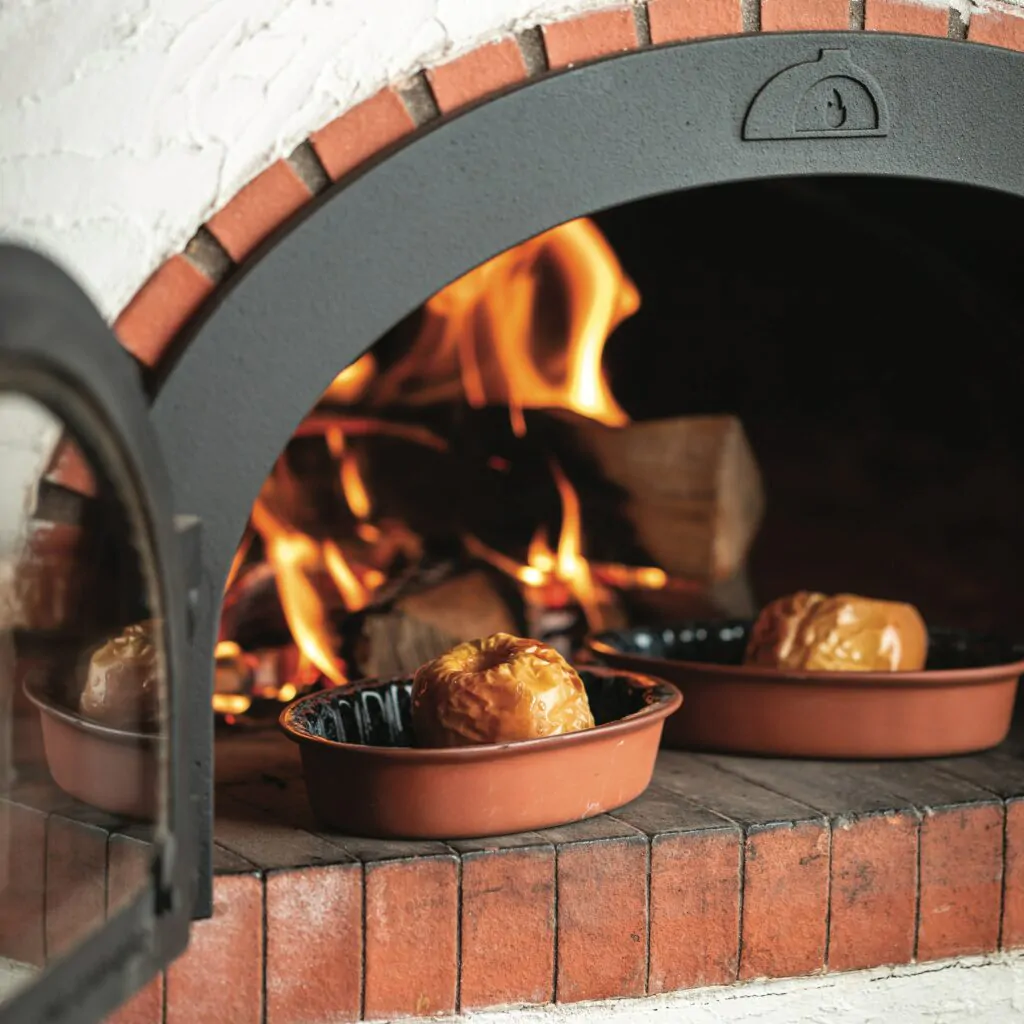Four Grand-Mère möchte Cookies oder Tracker verwenden, um personenbezogene Daten wie Ihren Besuch auf dieser Website zu speichern und abzurufen, um die Zielgruppe zu messen, mit sozialen Netzwerken verknüpfte Funktionen, personalisierte Inhalte und die Leistungsmessung von Inhalten durchzuführen sowie Produkte zu entwickeln und zu verbessern. Sie können dies genehmigen oder diese Datenverarbeitung ganz oder teilweise abzulehnen, die auf Ihrer Einwilligung oder dem berechtigten Interesse unserer Partner basiert, mit Ausnahme von Cookies und/oder Trackern, die für den Betrieb dieser Website erforderlich sind. Sie können Ihre Auswahl jederzeit ändern
The technical storage or access is strictly necessary for the legitimate purpose of enabling the use of a specific service explicitly requested by the subscriber or user, or for the sole purpose of carrying out the transmission of a communication over an electronic communications network.
The technical storage or access is necessary for the legitimate purpose of storing preferences that are not requested by the subscriber or user.
The technical storage or access that is used exclusively for anonymous statistical purposes. Without a subpoena, voluntary compliance on the part of your Internet Service Provider, or additional records from a third party, information stored or retrieved for this purpose alone cannot usually be used to identify you.
Storage or technical access that is used exclusively for anonymous statistical purposes. Absent a subpoena, voluntary compliance by your Internet Service Provider, or additional records from a third party, information stored or retrieved for this sole purpose cannot generally not be used to identify you.
The technical storage or access is required to create user profiles to send advertising, or to track the user on a website or across several websites for similar marketing purposes.
